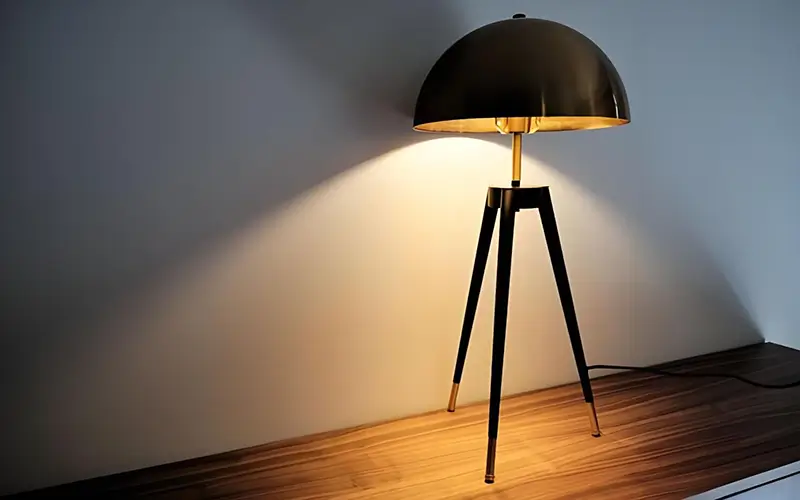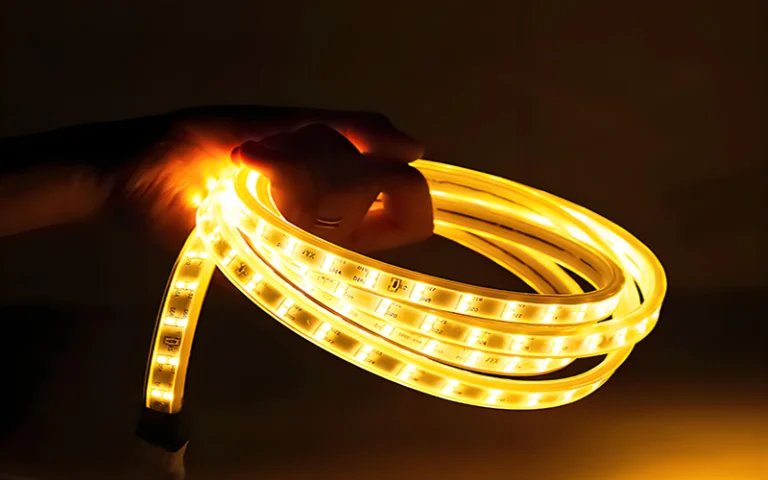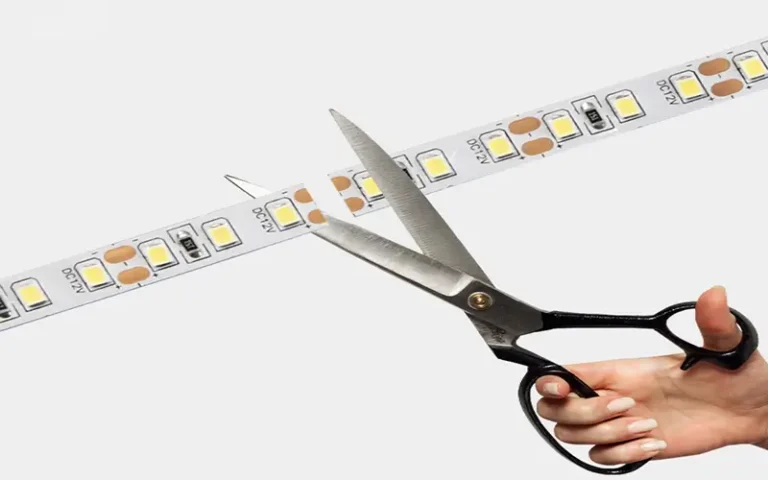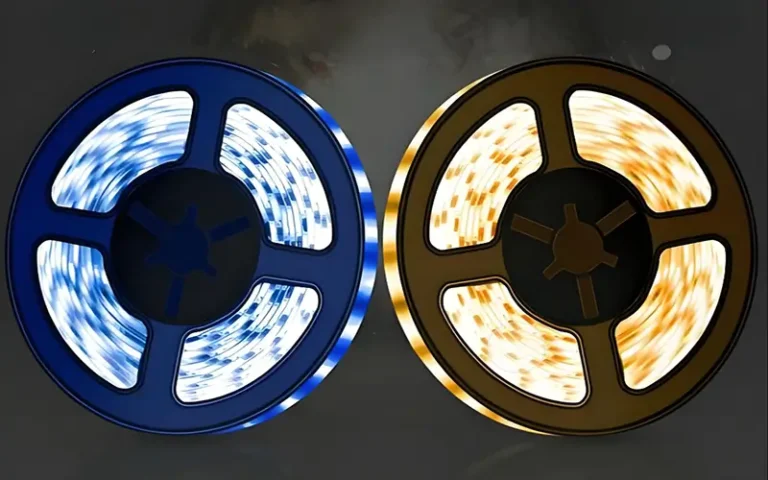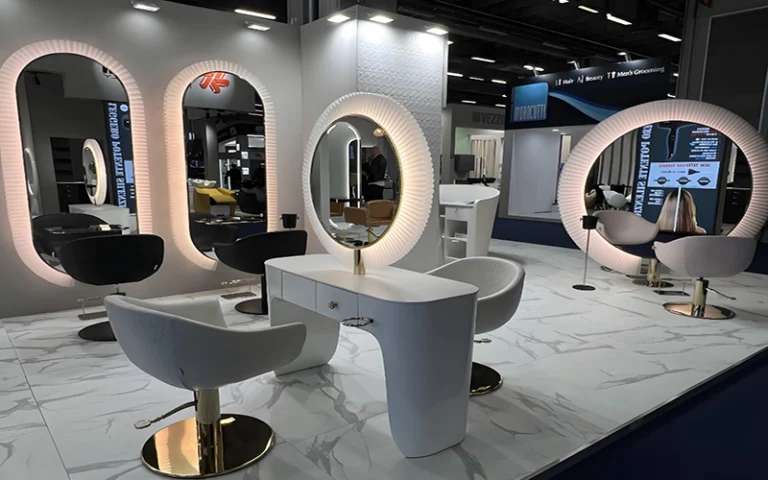Are Warm White LED Lights Bad For Eyes?
LED lighting is becoming more and more popular with the public, and it also brings many advantages to users. For example, it is very energy-saving and durable. However, some people are concerned about the impact of warm white LED lights on eye health.
This guide explores whether warm white LED lighting is harmful to the eyes, compares it to other types of lighting, and provides information on how to reduce the harm to the eyes. And how to protect your eyes under high-intensity lighting.
What is Warm White LED Lighting?
Warm white is a color temperature that ranges from about 2700K-3000K. Warm white LED lights emit a soft yellow light, creating a comfortable and pleasant atmosphere. It makes people feel warm and comfortable.
They are often used in home and commercial environments to provide a more comfortable and relaxing environment. Because the light it emits is similar to the warm light of traditional incandescent lamps, many people choose to use LED lamps instead of traditional incandescent lamps.
Are LED Lights Safe for the Eyes?
LED lights, including warm white LEDs, are safe for most people when used correctly. They also do not emit ultraviolet (UV) radiation, which is harmful to the eyes.
However, long-term exposure to bright LED lights or prolonged use of certain types of lighting can cause eye fatigue or discomfort. Heavy industrial workers and workshop workers, in particular, need to protect their eyes because their jobs require long hours under bright LED lights.
Are Warm White LEDs Good for Your Eyes?
Warm white light can be comforting and relaxing, and warm white LED lighting is considered gentler on the eyes than cooler blue light.
Mainly, warm color temperatures are less likely to cause glare or harsh reflections, making them suitable for environments where visual comfort is important. However, individual sensitivity to light may vary, so you need to choose a color temperature that works for you.
What Are the Disadvantages of Warm White LED Lights?
Although warm white LED lights have many advantages and are suitable for many places. However, they also have some disadvantages:
- Brightness: They may not be as bright as cool white or daylight LEDs and are rarely used for task lighting.
- Color rendering: Warm white LEDs may not render colors as accurately as daylight or neutral white LEDs.
Which LED Light Colors Won’t Hurt Your Eyes?
Of course, LED light strips with lower color temperatures are friendlier to the eyes. So LED lights with lower color temperatures, such as warm white (2700K to 3000K), are generally more comfortable for the eyes.
Prolonged exposure to lighting with higher color temperatures, such as cool white or daylight LEDs, can cause more glare and potential eye fatigue, especially in high-intensity environments.
This range of warm white light mimics the warmth of incandescent light and minimizes glare, making it less likely to cause eye strain. Additionally, adjusting brightness to a comfortable level and using dimmable LEDs can further enhance visual comfort.

Which is Worse for the Eyes, LED or LCD?
Many people wonder if LED and LCD technologies are harmful. Both LED and LCD technologies have their own characteristics, but if used properly, neither of them will cause damage to the eyes.
LED lighting can be used for both LCD screens and standalone lamps. Whether the light source is LED or LCD, we must avoid long-term exposure and not too high brightness.
Is OLED Bad for Your Eyes?
OLED (Organic Light Emitting Diode) technology is known for its deep blacks and vibrant colors. OLED screens themselves are not very hard on the eyes if used properly.
But they can be very bright, which can cause eye strain if viewed at high brightness for long periods. As with other screens and LED lighting technologies, adjusting the brightness and taking regular breaks can help reduce eye strain.
Is Mini LED Bad for Your Eyes?
Mini LED technology does provide better brightness and contrast compared to traditional LED displays. Although it provides a better visual experience, we also have to consider its brightness. To prevent eye fatigue, it is necessary to adjust the screen brightness to a comfortable level and avoid prolonged exposure.
How to Effectively Protect Your Eyes from LED Light?
To protect your eyes from the strain that LED lights can cause, consider the following tips:
- Adjust lighting hours: Don’t stay under high-brightness lighting for long periods.
- Use appropriate lighting: Choose lighting with a color temperature that suits your needs and minimizes glare.
- Adjust brightness: Make sure your lighting is not too bright and adjust it based on the task at hand.
- Use anti-glare filters: Consider using filters or diffusers to reduce harsh reflections and glare.
- Take breaks: For screens and close-up tasks, follow the 20-20-20 rule – every 20 minutes, take a 20-second break and look at something 20 feet away.
- Use anti-glare filters: Consider using filters or diffusers to reduce harsh reflections and glare.
Conclusion
Warm white LED lighting is generally considered to be easier on the eyes than cooler light temperatures. It is less likely to cause discomfort. However, personal preferences and sensitivities vary, and users still need to follow best practices for lighting and screen usage. You can help ensure that your eyes remain comfortable and healthy. For more information about warm white LED light strips, please contact us.
FAQs
Yes, warm white LED lights have a color temperature range of 2700K to 3000K, and they emit a soft, yellowish light similar to traditional incandescent lights. On the other hand, cool white LED lights have a color temperature of 4000K to 6500K, and they emit white light with more of a blue tint.
When used correctly, warm white LED lights are less likely to cause eye fatigue. This is because their light is softer and gentler on the eyes. Therefore, they are more suitable for places where people spend a lot of time, such as living rooms and bedrooms.
Warm white LED lights are good for reading, but only before bedtime and for short reading sessions. However, for long-term reading, neutral white (around 4000K) may be more suitable because it provides better color accuracy and contrast without being too irritating to the eyes.
Warm white LED lights have a very similar color temperature to incandescent lights, providing a similar warm, inviting light. However, now that incandescent lights can be replaced, LEDs are more energy efficient, last longer, and generate less heat.

